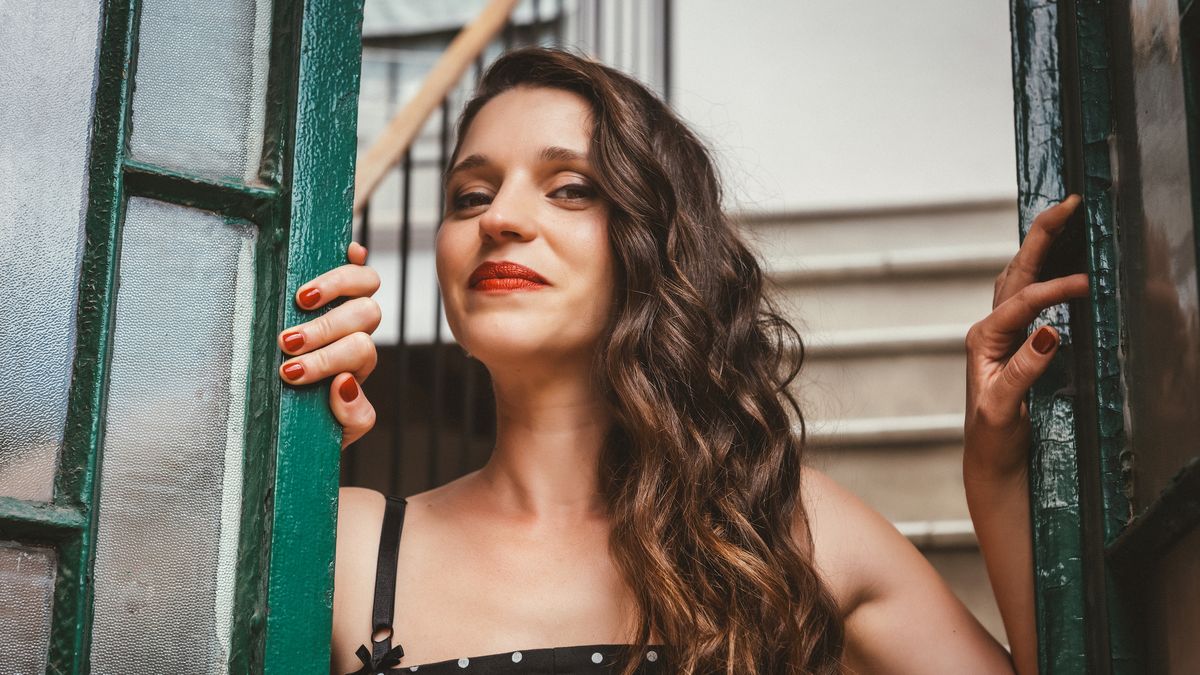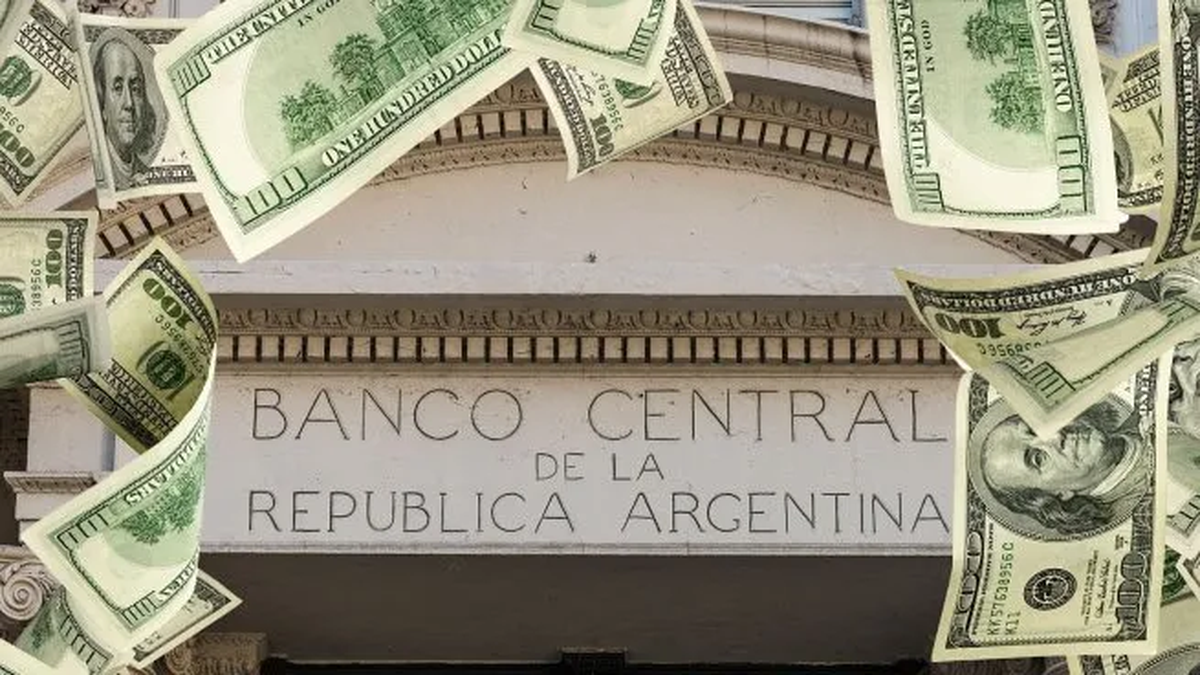The singer and cellist from Salta Eva Sola will present this Friday “Tango criollo (Shagrada Medra)”, his first solo album. The artist left her province very young to begin a path of training as a con cellist. Claudio Baraviera, Juan Manuel Quintana and Gaetano Nasillo, among other teachers. He completed his training in Italy, where he specialized in early music, and In addition to performing in that country, he did so on other European stages in Spain, Germany, Hungary, Greece, Bulgaria, Austria and France. Currently he is part of the Salta Symphony Orchestra.
“The repertoire of this album has to do with a search, a review if you will, of what was a moment in Argentine music that especially attracts me.“, says Alone to this newspaper. “I have been taking that journey with folklore; I found authors, forms or structures that were being codified in local music and in that way I also came to face this tango repertoire.”
Winner of two Gardel Awards (2012 and 2022) for her albums “Vidala” and “Vidala en mi Zamba” with the duo Eva and Nadiaafter the presentations of both albums with the singer Nadia Szachniukin which they recovered the sounds and cultural expressions of anonymous and popular origin, mainly from the music of the NOA, Alone highlights his intention to explore a different genre and time, and this time he addresses the repertoire of country tangos, mainly from the first half of the 20th century.
“”Tango criollo’ is a title that says a lot in itself”, he adds “because it shows one more element of the national identity that makes up tango. Tango, that fascinating mix of things, rhythms, cultures, faces and stories, takes place here, on this Creole soil. This is my first work in tango, but I don’t feel alien, I think it is a continuity of my search. The album has in its gestation something of that search for the primordial, of understanding what and how it was played, a curiosity not only musicological but also instinctive.”
Most of the songs in “Tango criollo” were sung by Gardel and by Nelly Omar, and they evoke landscapes and moments that have little to do with the urban and suburban landscape, which is usually associated with tango, “but rather elements of country life: the ranch, the gate, the grocery store, the payadores, the festivals.” town”.
The album features the participation of three tango musicians and guitarists: Adrián Lacruz, Leandro Nikitoff and Felipe Traine on guitarron The work will be presented this Friday at 9 p.m. in Bargoglio (Bacacay 2414), and will feature the presence of Adrián Lacruz, Pedro Cecchi (instead of Leandro Nikitoff) on guitars, and Felipe Traine on guitarrón.
About his experience in Italy, he says Eva Sola: “I specialized in early music, or ‘historically informed’ music. The philological praxis of music is a current that attempts, through the rescue of the original sources and a great work of aesthetic questioningreconstruct the way and the way in which it was played at a certain historical moment, and I think that in some way that search for ‘what and how’, has been marking my musical path”.
“I have been singing folklore for many years,” he adds, “with particular interest in the anonymous and popular repertoire, with early roots. I am attracted to vidala, that Creole genre that syncretizes the Spanish copla with our poetic turns., which gives lyrics and spirit to other early songs of our folklore, which are nourished by the same landscapes. “I was imbibing a musical era in our country, listening to folk groups from the 1930s.”
The arrival of this syncretism between both musics, tango and folklore, is also explained in this way: “It was almost driven by curiosity, to find what was sung in Argentina in those first years of the 20th century. What did Gardel sing with Razzano? What were those first songs, those pre-tangos or those first tangos? Where did they come from, what did they talk about…?”
“There I was, snooping through the songbook,” he points out. Alone, “on the old recordings. And when one goes to that beginning of the tango, she reaches the field and finds the ranch, the gate, the patio, the plants and the birds. There I was finding the songs from this album, which finally settled in a period where tango It was already codified as a musical genre, it was no longer cielitos, styles and figures, it was tango; Gardel had already recorded ‘My sad night’. But these songs still preserve that Creole spirit, that connection with the countryside, with the country suburbs, is still fresh.”
In the assembly of this album he participated primarily Felipe Traine. “With him we made the song list,” he notes. And there the world of guitars and guitarists opened up for me. The decision was whether to make a Gardelian album, played without a pick, or go further, whether to do it with a duo or trio. It was at that moment that Adrián Lacruz and Leandro Nikitoff arrived, and the team was assembled. They started the rehearsals in an old patio in La Boca, with mate and guitar conversations: the púa, the capotasto, the trill. This is how we get to ‘Tango Criollo‘”.
Source: Ambito
I am an author and journalist who has worked in the entertainment industry for over a decade. I currently work as a news editor at a major news website, and my focus is on covering the latest trends in entertainment. I also write occasional pieces for other outlets, and have authored two books about the entertainment industry.




